Views: 484
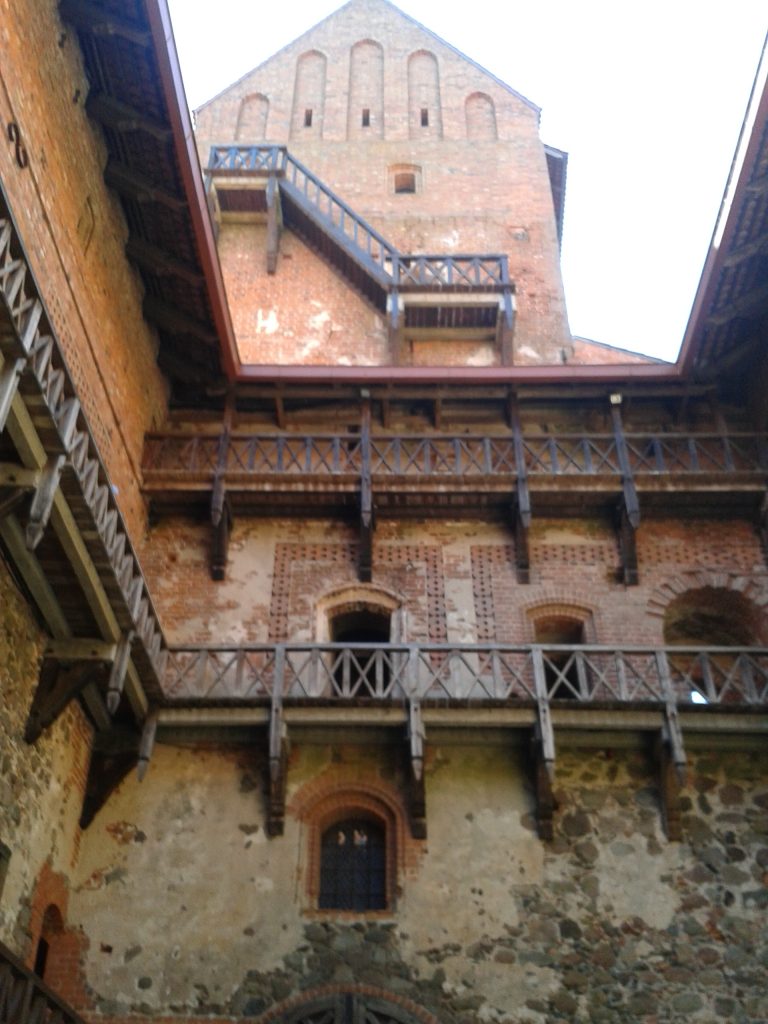
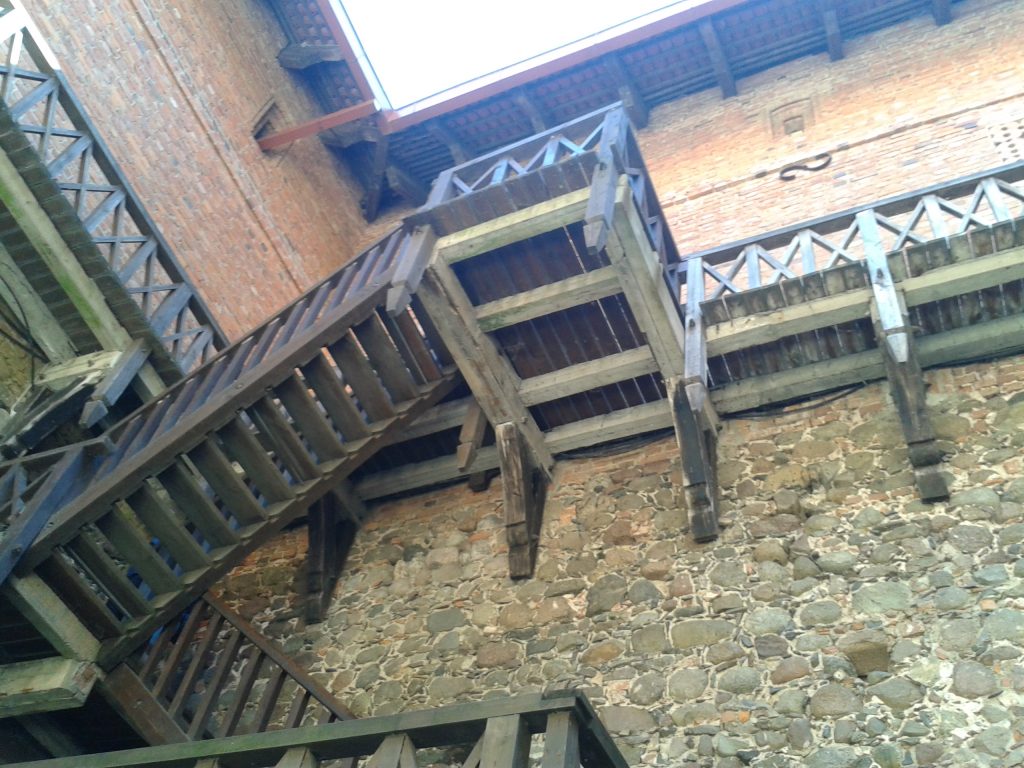
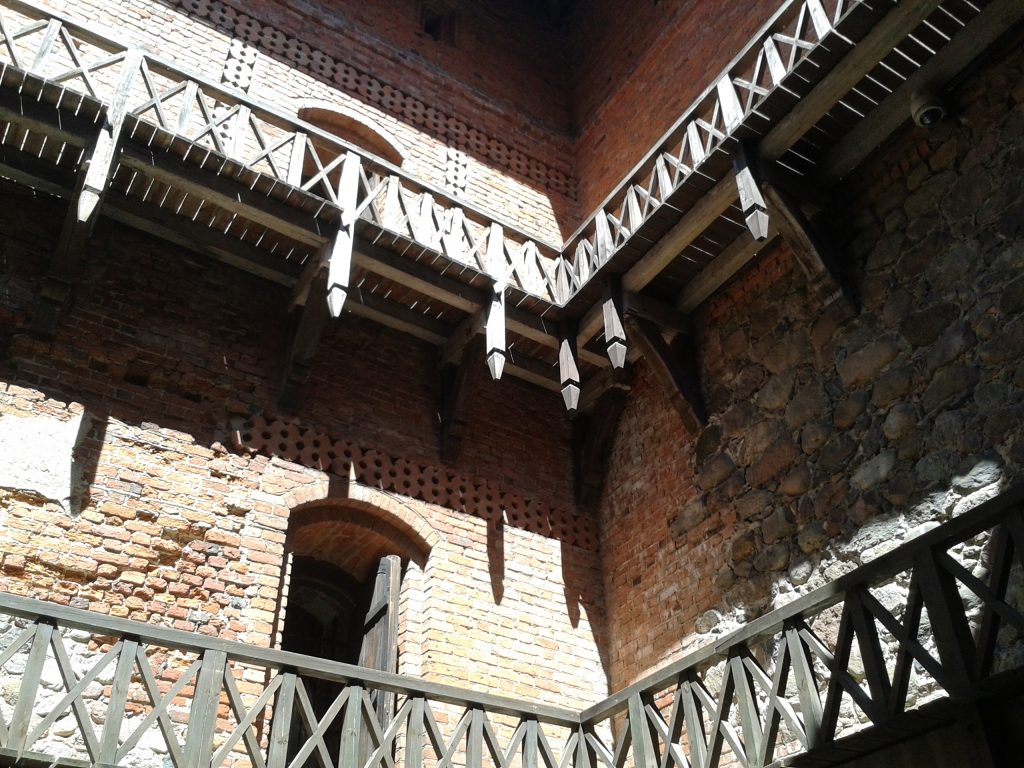
All photos are copyrighted by Vladislav B. Sotirovic
© Vladislav B. Sotirovic 2019
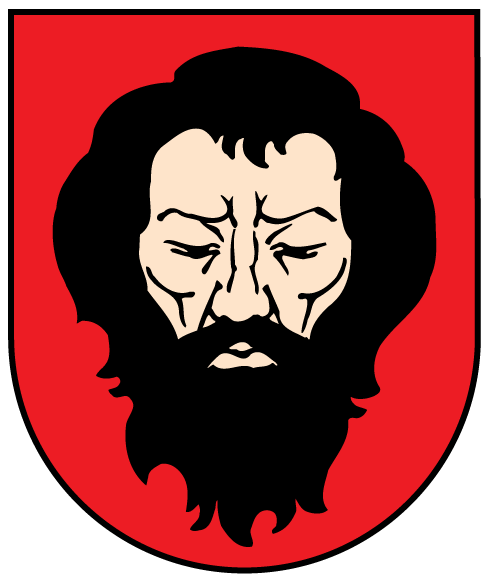
RELATED POSTS
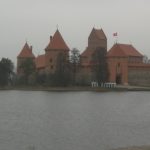
New Trakai was established on islands or groups of islands, because it was ideal for defensive purposesThe various parts of the city were connected into a whole by summer and winter roads. In the summer, the city was long, while in the winter it was circularNew Trakai was protected in particular because of its importance. Its defensive complex was finished at the end of the 14th century. It was comprised of the Peninsula and Island CastlesAll photos are copyrighted by Vladislav B. Sotirovic© Vladislav B. Sotirovic 2018
Continue Reading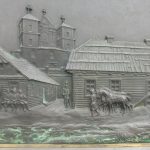
A plate devoted to Napoleon's Army in New Trakai in 1812A plate devoted to Napoleon's Army in New Trakai in 1812A plate devoted to Napoleon's Army in New Trakai in 1812All photos are copyrighted by Vladislav B. Sotirovic© Vladislav B. Sotirovic 2018
Continue Reading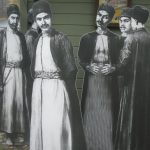
Kybyn (pl. Kybynlar) is the most popular Karaite dish in Lithuania, which is a roll made of leavened dough in the shape of a half-moon, whithlamb and beef insideA Karaite wooden house with its back stickling out into the street because of a lack of room, and always with three windows - one for God, one for Vytautas, and one for a guestA Karaime hiuse in New TrakaiAll photos are copyrighted by Vladislav B. Sotirovic© Vladislav B. Sotirovic 2018
Continue Reading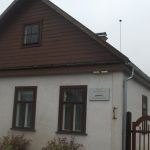
The school of Trakai Karaims is located in Karaim Str. in the Old Town of New TrakaiToday, there are some 300 Karaims left in Lithuania, though other Karaim communities can be found in Istanbul, Cairo, and Jerusalem Karaites have made a clear mark on life in New Trakai. Their Kenessa and school are still standing and the main street in the Old Town of Trakai is called Karaim Str.All photos are copyrighted by Vladislav B. Sotirovic© Vladislav B. Sotirovic 2019
Continue Reading
Tour № 1 – Vytauto StreetTrakai Russian Orthodox Church of the Nativity of the Most Blessed Virgin MaryTrakai Roman Catholic Church of the Visitation of the Blessed Virgin Mary with the painting of Trakai MadonaStatue (poleshrine) of St. John NepomukOld market placeOld post officeTour № 2 – Karaimų StreetTrakai Peninsula Castle and Sacral Art ExhibitionTrakai History MuseumKaraim Guest House established in a restored Karaim wooden houseKaraim (Karaite) Ethnographic ExhibitionKaraim Kenessa (praying house)Karaim schoolOld Karaim wooden housesInformation center with Lithuanian traditional art exhibitionOld Karaim CemeteryTour № 3 – Trakai Island CastleWalking tour around the castleEntrance tower gateThe Lower CastleBailey (Grand courtyard)Exhibition in the Lower CastleDungeon (donjon) towerDrawbridgeCanalThe Upper CastleGrand Ducal residenceExhibition in the Upper CastleWooden galleriesOld bricks of various shapes used in building the castleKaraim and Tartar exhibitionThe Grand HallTour № 4 – Užutrakis Manor Estate and ParkPalacePavilionsFormer carriage houseFormer granary and current information centrePondsSculpturesGreat BridgeSmall BridgePromenadeLake terraceGrottoFormer house of the ...
Continue Reading
Until the 15th century, the castle was the residence of the Lithuanian Grand Dukes. The complex was built from the beginning of the 14th century to the beginning of the 15th century The castle is comprised of two parts - the bailey and the residential palace, which is divided by a canal, which at the same time was filled with lake waterThe castle is surrounded in a circle by a two-story wooden galleryAll photos are copyrighted by Vladislav B. Sotirovic© Vladislav B. Sotirovic 2018
Continue Reading
Its foundations are superimposed on the remains of a square tower, one of the oldest brick buildings in Lithuania, whose bricks are bound in the pre-Cothis (Baltic) manner An oval four-story tower with loopholes was built on these remains. Originally, it was a defensive tower of the Lower CastleThe underground square part dates from the 13th century, and the round part - from the late 14th century All photos are copyrighted by Vladislav B. Sotirovic© Vladislav B. Sotirovic 2019
Continue Reading
Simonas Daukantas was one of the first authors to start forming the concept of an ethnic Lithuanian nation and its cultural history. The first book on the history of Lithuania "The Deeds of Ancient Lithuanians and Samogitians" was written by Simonas Daukantas (1793-1864) in 1822 while he was still studying at Vilnius UniversityThe larger part of the premises in this courtyard belongs to the Faculty of Philology. The Institute of Foreign Languages is located here too"Domus Philologiae" with the lobby of Muses on the first floor of the east wing is decorated by a fresco created by Rimtautas Gibavičius in 1969All photos are copyrighted by Vladislav B. Sotirovic© Vladislav B. Sotirovic 2018
Continue Reading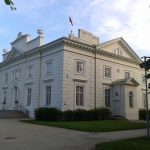
Wonderful views of Trakai Castle from the palace's terrace. The palace, which sits on the shores of Lake Galvė, is compact, with an almost square shape The backside of the Užutrakis Manor Estate facing Lake Galvė. The main fasçade faces the park and the backside has a terrace overlooking the lakeThe Classicist Luis XVI style interior was heavily damaged during the Soviet period when the palace was nationalisedAll photos are copyrighted by Vladislav B. Sotirovic© Vladislav B. Sotirovic 2020
Continue Reading
The Old Campus in the Old town - Rectorate building. On April 1st, 1579 the King of Poland and Grand Duke of Lithuania Stephen Bathory issues a royal charter recognizing the Jesuit College into a universityThe Old Campus in the Old town - Rector's Office and former Astronomical Observatory building (right) and the Central Library building (left) with the Central Library Courtyard in front of the buildingsThe History Facutly building (left) and the Central Library building (right) with the arched gates to Mikalojus Dukša Courtyard (left) and Mathias Casimir Sarbievius Courtyard (forward). The Old Campus of the university has 13 courtyardsAll photos are copyrighted by Vladislav B. Sotirovic© Vladislav B. Sotirovic 2018
Continue Reading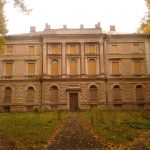
The historical building in Tyzenhauzų Str. in VilniusTyzenhauzų Str. building in VilniusTyzenhauzų Str. building in VilniusAll photos are copyrighted by Vladislav B. Sotirovic© Vladislav B. Sotirovic 2021
Continue Reading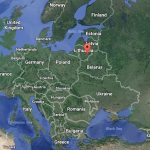
A geographical centre of Europe - 25 km far from Vilnius. From 2015 Summer You will get a special Certificate that you have visited the Geographical center of Europe. Don't miss the chance to get it for freeThe Baltic States of Europe - Estonia, Latvia & LithuaniaVytis (The Knight) - The Coat of Arm of both historical Grand Duchy of Lithuania and present-day the Republic of LithuaniaOrigins of images: Facebook, Twitter, Wikimedia, Wikipedia, Flickr, Google, Imageinjection & Pinterest.Read our Disclaimer/Legal Statement!Donate to Support UsWe would like to ask you to consider a small donation to help our team keep working.
Continue Reading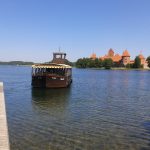
New Trakai is one of Lithuania's loveliest towns. It stretches out along a narrow peninsula between lakes, and it is a frequent destination for Vilnius residents, and visitors from abroad The largest lakes, such as Galvė, Skaistis, Bernardinai, and Totoriškės are connected together. Lake salmon breed in Lake AkmenaThe Trakai Historical National Park was included in the preliminary UNESCO World Heritage List in 2003. Trakai was Lithuania's second capital in Middle Ages. Its time of glory began under Grand Duke Vytautas the Great, who strengthened the Peninsula Castle, and built the most famous monument of Lithuania's ancient history - the Island CastleAll photos are copyrighted by Vladislav B. Sotirovic© Vladislav B. Sotirovic 2019
Continue Reading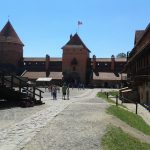
Trakai Island Castle is comprised of two parts - the bailey (grand courtyard of the lower part of the castle) and residential palace (upper part of the castle), which is divided by a canal, which at the time was filled with lake waterIn bailey lived the castle's garrison, which was for defending. The courtyard was used for general purposes The bailey of Trakai Island Castle has four defensive towers including gate towerAll photos are copyrighted by Vladislav B. Sotirovic© Vladislav B. Sotirovic 2019
Continue Reading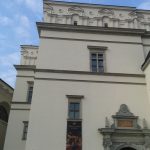
The Royal Palace of Lithuania (the Palace of the Grand Dukes of Lithuania) is a part of the complex of buildings of the Lower Castle in VilniusThe entrance gate to the palace. The palace gained Early Baroque features after the reconstructions in the 1630sInner courtyard of the Royal Palace. In the 16th century, Lithuanian Grand Duke and King of Poland Sigismund the Old reconstructed the buildings in the magnificent Renaissance style and designed the residenceAll photos are copyrighted by Vladislav B. Sotirovic© Vladislav B. Sotirovic 2018
Continue Reading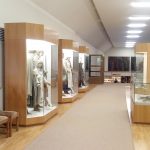
The museum is located in the north wing of the Old Arsenal and looks at Neolithic, Bronze and Iron Age Lithuania followed by the various tribes that inhabited the area until they combined to form a state in the 13th centuryThe museum displays object found in burial sites, such as pins, amulets, rings, brooches, knives or necklaces. You can as well as see regional dressses of Lithuanian tribes before the formation of the state in the mid-13th century The museum shows a hoard of some 16.000 17th-century coins found in 1999 in Vilnius. It is believed that the hoard may have been hidden during the 1700-1721 Great Northen War. Nevertheless, it is the largest collection of old coins to be found in Lithuania All photos are copyrighted by Vladislav B. Sotirovic© Vladislav B. Sotirovic 2020
Continue Reading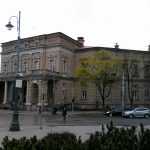
The Library of the Lithuanian Academy of Sciences was established in 1941 together with the Academy of Sciences, in the building of the former State Wróblewski LibraryBetween two world wars, State Wróblewski Library was one of the largest libraries in Vilnius. It was founded by lower Tadeusz Wróblewski. In 1941, the new Library inherited from it some 163.000 volumes, more than 35.000 manuscripts, large collections of numismatics, cartography, and artworksAfter WWII, the Library was supplemented by extensive collections from other libraries. Today, its stocks count more than 3.77 mln itemsAll photos are copyrighted by Vladislav B. Sotirovic© Vladislav B. Sotirovic 2020
Continue Reading
Sculpture of Roman God Bacchus in the park in front of Užutrakis Manor EstateAll the sculptures, busts, and vases in the park have been destroyed during the Soviet timeAfter 1990, the vases, busts, and copies of famous sculptures were made and placed in their original places in the park around the palace All photos are copyrighted by Vladislav B. Sotirovic© Vladislav B. Sotirovic 2020
Continue Reading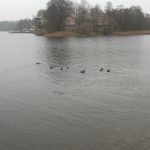
The largest lakes, such as Galvė, Skaistis, Bernardinai (Luka), and Totoriškės are connected together. All of them are offering great facilities for all kinds of water-sports on the lakesThe Trakai Rowing Museum has display objects from the beginning of the rowing sport in the mid-19th century up to the present, including championship trophies and prizes, and also a 19th-century sporting boatIn New Trakai exists Varnikai Botanical-Zoological Reserve Nature Trail All photos are copyrighted by Vladislav B. Sotirovic© Vladislav B. Sotirovic 2020
Continue Reading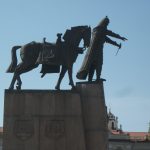
Grand Duke Gediminas is considered as the founder of the city of Vilnius. The monument is located in front of the Royal Palace and Cathedral Basilica in the very downtown of VilniusGediminas was a diplomatic politician, creating ties with the Roman Pope and other European rulers. He created favourable conditions for merchants and guildsmen to come to the city. Gediminas was a Grand Duke of the Grand Duchy of Lithuania from 1316 to 1341During the time of Gediminas, people of different ethnicities and confessions began to live in Vilnius. He is the founder of the Gediminian-Jagelonian ruling dynasty of Lithuania and later of Poland as well (till 1572)All photos are copyrighted by Vladislav B. Sotirovic© Vladislav B. Sotirovic 2018
Continue ReadingNew Trakai – The City Established on Islands
Napoleon’s Grande Armée in New Trakai in 1812
Karaites of New Trakai
A School of Karaites in New Trakai
New Trakai – Guided Sightseeing Tours
Island Castle of Trakai
The Belfry of the Cathedral Basilica in Vilnius
Simonas Daukantas Courtyard at Vilnius University Old Campus
Užutrakis Manor Estate
Vilnius University Est. 1579
Tyzenhauzų Str. building in Vilnius
Lithuania – Geographical Center of Europe
Lakes of Trakai
Bailey of Trakai Island Castle
The Palace of the Grand Dukes of Lithuania
The Museum of Archaeology of Lithuania
The Wroblewski Library of the Lithuanian Academy of Sciences
Užutrakis Minor Estate’s Park
Water-Sport Facilities of The Trakai Historical National Park’s Lakes
Monument to Lithuanian Grand Duke Gediminas


